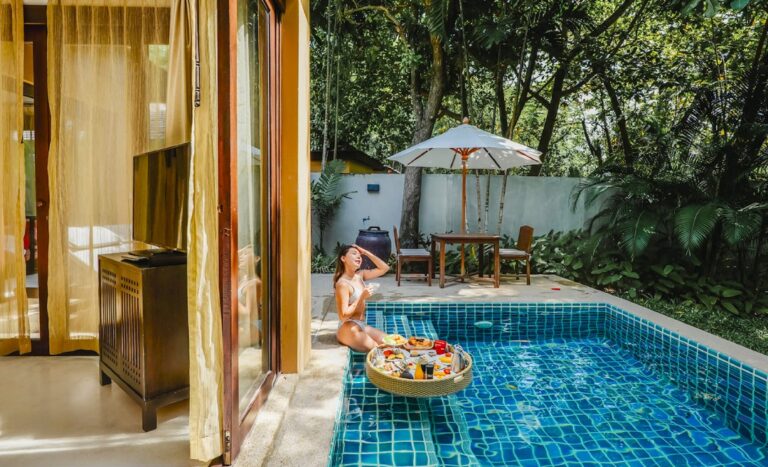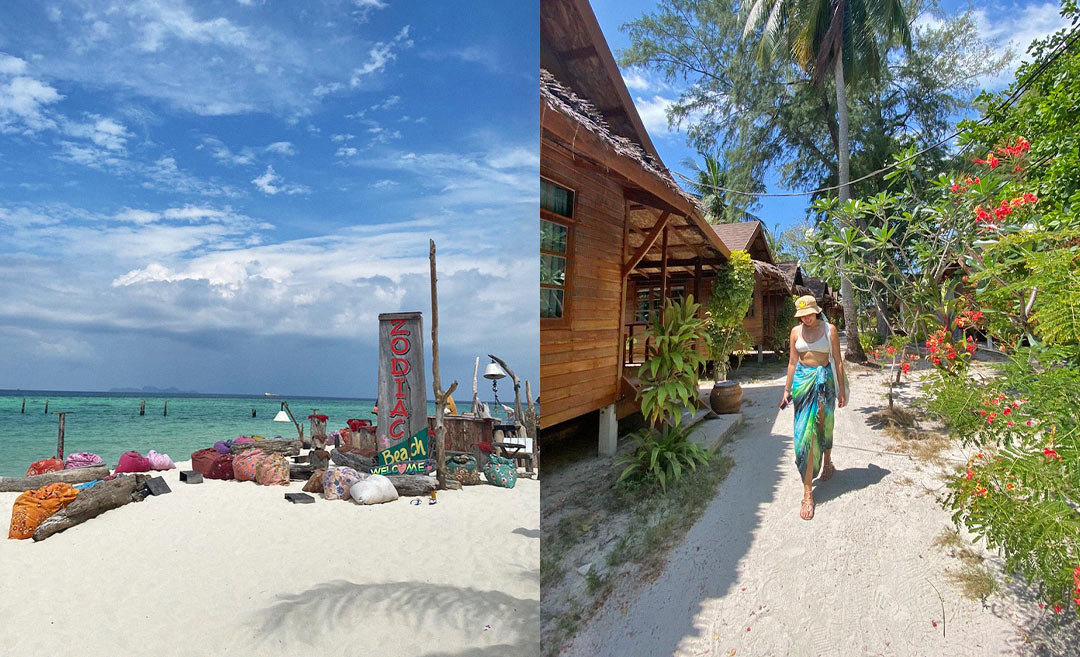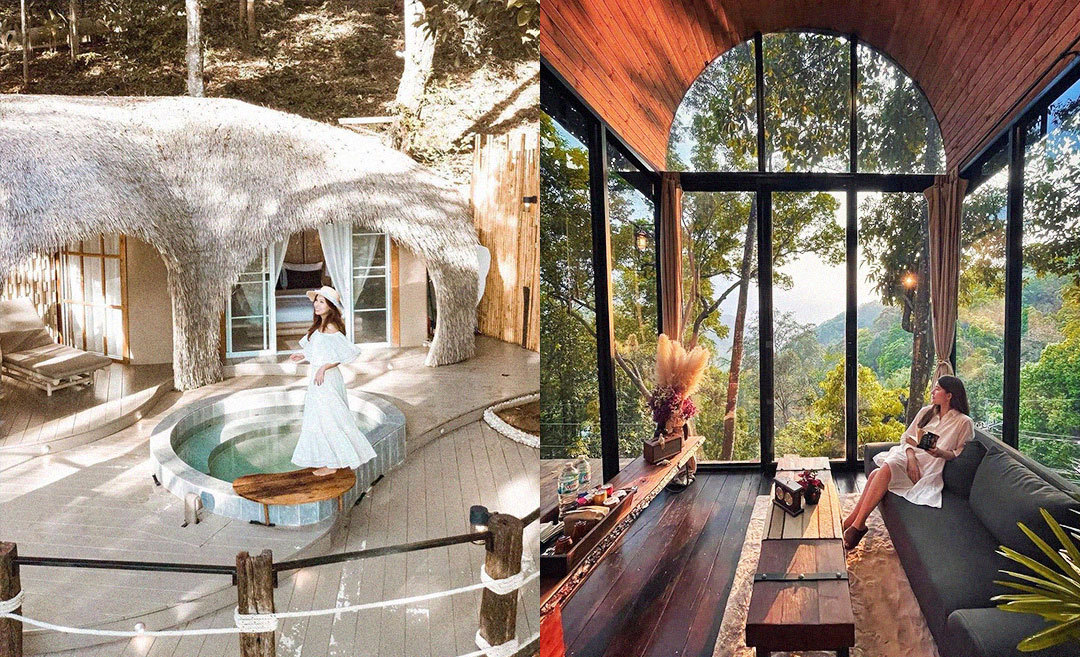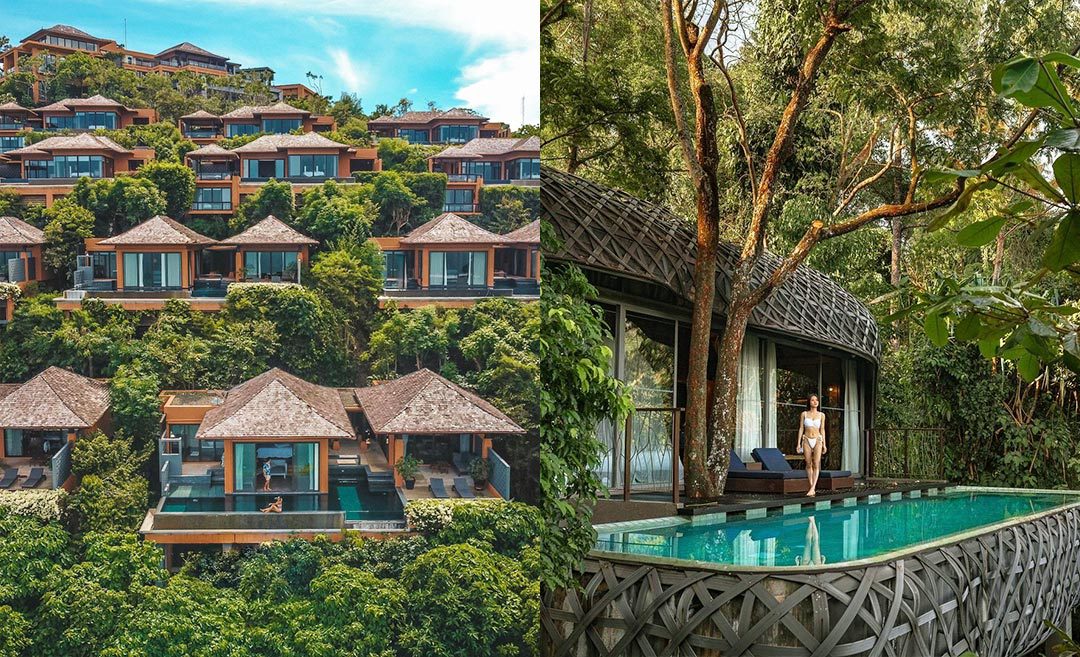When I first visited Thailand many years ago (more than I care to remember), an experienced traveller to the kingdom suggested Hua Hin as an idyllic seaside resort far from the cares of the world.
After doing my due diligence on the destination, I gathered that Hua Hin was the Thai people’s ‘little secret’, kept as an exclusive holiday domain for the locals. Popular seaside destinations such as Pattaya and Phuket were for tourists, but Hua Hin was for Thais.
Now, Hua Hin is still very much a destination for local Thais, especially those from Bangkok. However, this is changing as more foreigners discover the charm of this historic seaside retreat.
Being just a three-hour drive south of Bangkok and without an airport catering to large aircraft means that Hua Hin isn’t as accessible as other Thai beachside destinations. Although visitors need to use land transport to travel to Hua Hin, once there, it’s a most agreeable destination with some excellent resorts, delicious Thai food – especially seafood, and a relaxed lifestyle that many will love.
Humble beginnings of a fishing village
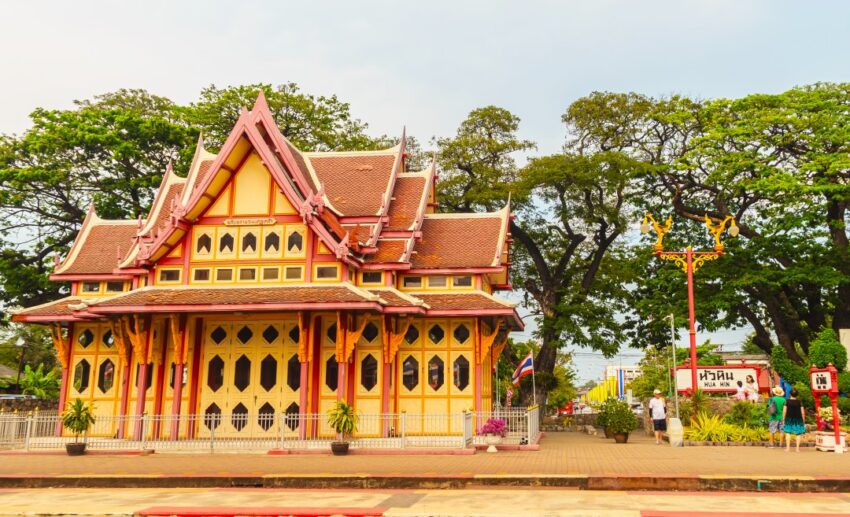
Hua Hin has been a fishing village for centuries, and even today, the numerous flickering green lights at sea each evening indicate that fishing is still an important industry for many locals. However, these days, tourism forms the backbone of the economy.
Hua Hin was developed during an era of rapid regional rail expansion. The then-king was a rail enthusiast whose interest had been ignited after being given a rail set by Queen Victoria. Siam’s first significant railway headed south from Bangkok, down the eastern side of the Gulf of Thailand.
It first reached the coast of Hua Hin in 1922. The quiet fishing village and its beaches soon became popular with tourists who travelled there by train. Visionary railway administrators quickly appreciated the importance of Hua Hin as a holiday destination and constructed the aptly named Railway Hotel, immediately adjacent to the golden sands lining the Gulf of Thailand.
Historic seaside retreat
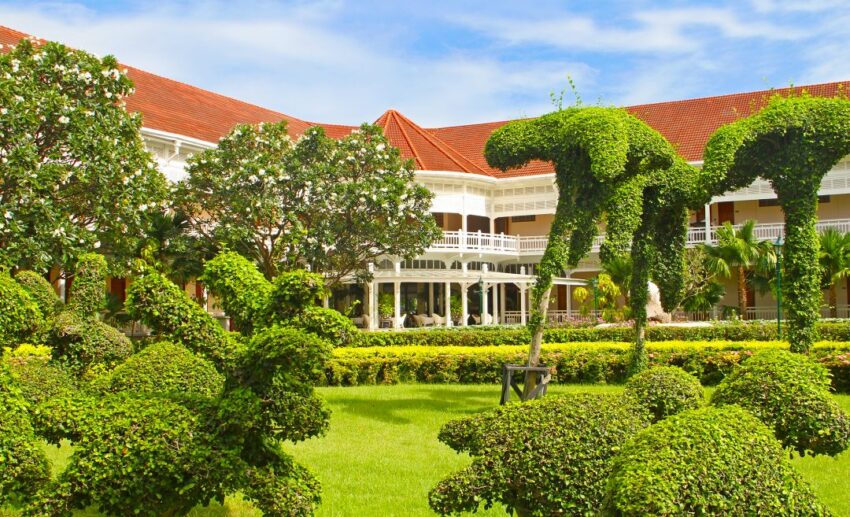
Thailand’s high society seized the opportunity to take a seaside holiday after the king established a royal residence just north of the town centre. As the king held court during the summer, those seeking favour had no choice but to travel there by train and stay in the Railway Hotel. This well-heeled clientele demanded the best, and the hotel delivered.
Since then, the hotel has developed a Raffles-like reputation for offering gracious hospitality in its beachside setting. The hotel has had a few make-overs and extensions over the years, but several sections remain very much as they have for the past century. These additions and renovations have preserved the hotel’s architectural integrity and the grounds, with their botanical topiary, encouraging guests to take a turn around the gardens.
Now operating as the Centara Grand Beach Resort and Villas Hua Hin, the hotel stands as the grand heritage property in the resort town. Guests can settle into a traditional English afternoon tea in the Museum Café and imagine just what it would have been like when the hotel first opened.
Budding resort town
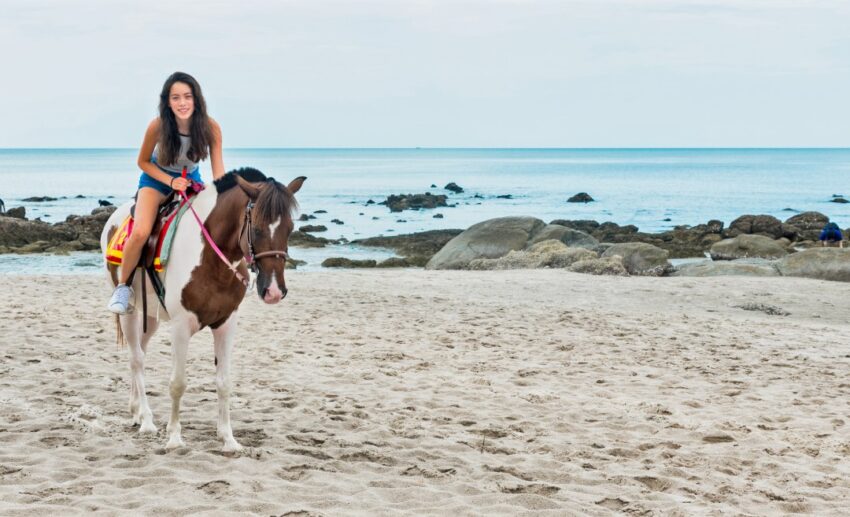
Development followed the arrival of the railway as the line continued further south towards the Siam-Malaya border. Eventually, travellers could take a break in Hua Hin between their travels on an epic rail journey all the way from Singapore to Bangkok.
While the changes within the resort have been gradual and sympathetic to the original architecture, the same can’t be said for Hua Hin itself. Thailand’s ‘little secret’ is no more, as international hotel chains clamber for beachfront presence. However, all is not lost, as Hua Hin still retains much of its charm.
Horse rides were, and are still popular along the soft sand, with numerous handlers on hand to guide guests across the sands. This is indeed a rare sight in Asia and an iconic image of this holiday destination.
Resort time: Rest & relaxation
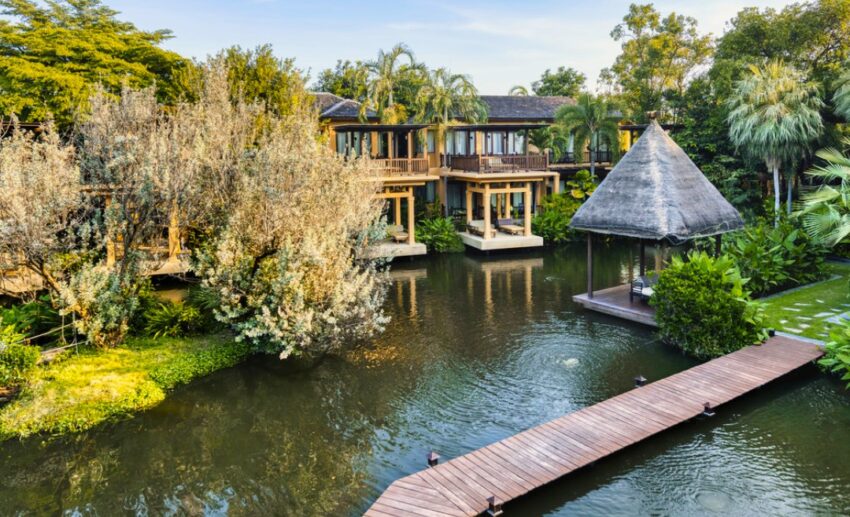
My accommodation in Hua Hin was the Mövenpick Asara Resort & Spa Hua Hin, a boutique property of 54 pool villas and 42 suites. It is located along the coast, just north of the town, and within lush gardens.
Mövenpick combines the Swiss efficiency of the brand’s heritage with caring Thai hospitality. All villas and suites are located in either beautiful gardens or overlooking serene lily-lined ponds. Its rooms are beautifully appointed to create an oasis of tranquil privacy.
My private pool villa was very spacious and enclosed within high walls and sheltering plants to ensure complete privacy. The villa featured a large turquoise-tiled pool, loungers, and an outdoor dining setting. Inside, the bedroom was separate from the living area, and the bathroom, featuring a stand-alone tub, was very spacious.
There are two resort pools, with the one at the rear of the resort, the less-used and thus the quietest. Asara Spa has six treatment rooms, with Yin Yang Chakra Therapy being one of its signature treatments. The adjoining compact gym is accessible around the clock, while children are cared for in the Little Birds Club.
Chocolate Hour is a signature Mövenpick activity, and the Hua Hin interpretation served in the afternoon in Kampu Restaurant included a chocolate fountain, beverages, cakes, and desserts.
Let’s Sea Hua Hin Al Fresco Resort is a boutique adult-only resort that lies to the south of the town centre near the Hyatt. Its restaurant here had been recommended to me, and before dinner, I looked around the suites lining a long pool and was most impressed.
Hua Hin’s seafood scene
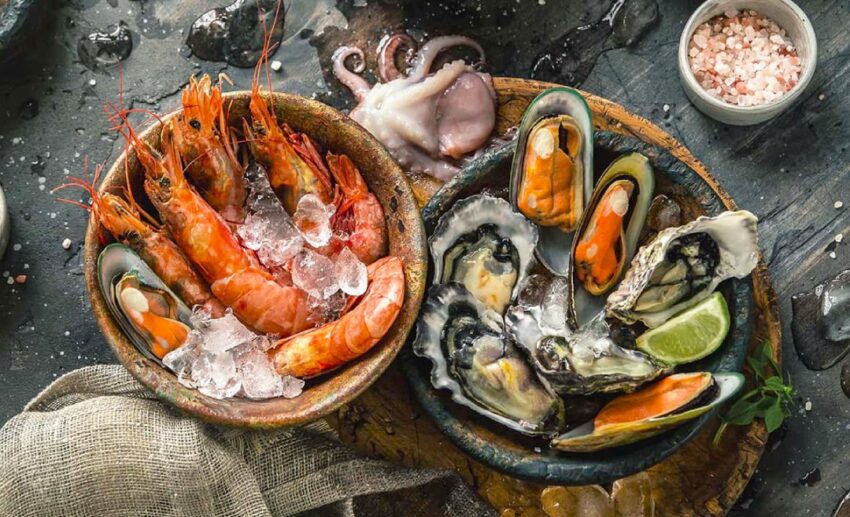
While it’s possible to enjoy a latté to-go at Starbucks or a value meal at Burger King, Thai food such as the delicious gai yang and other delicacies are on offer too, especially in the evening open-air market in the centre of the town.
The popular Hua Hin Night Market is not the only market in town. The Cicada Market, just 7 kilometres south of the town, is within walking distance of the Let’s Sea Resort. Immediately adjacent to the Cicada Market is the Tamarind Market, so weekend visitors are spoilt for choice. The former is more for upmarket arts, crafts, and fashion, while the Tamarind Market is more food-oriented.
Baan Dum Oceanfront Seafood Restaurant, located beside the sea and the Mövenpick property, offers a relaxing seafront setting. I enjoyed several delicious dishes including prawns, fish, and tom yam.
Seaside tipple and dining
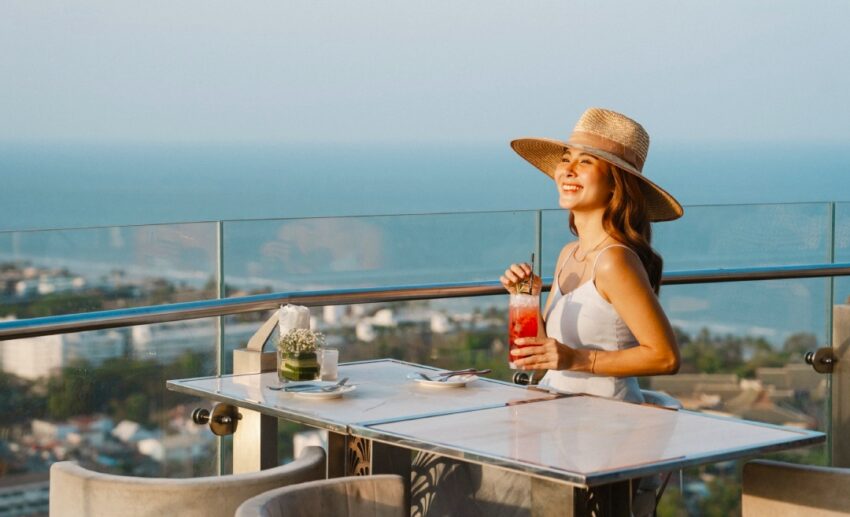
A very pleasant surprise was Let’s Sea Restaurant and the adjoining Beach Bar and Terrace. If you are not staying here, plan to drop by as the sun sets for the low-light romantic ambience; you won’t witness the sunset here as the terrace faces eastward. Choose a lounge on the decorative terrace or in the gardens and enjoy a pre-dinner beverage. The food and wines are taken very seriously here, with some contemporary Western, Thai, and Thai fusion dishes from which to choose. The wine list is superb; try the Austrian Grüner Veltliner to discover how this variety is the perfect pairing for many Thai dishes.
The recently opened Vana Nava Sky rooftop bar, at the Holiday Inn Resort Vana Nava to the south of the town centre, is an atmospheric bar that offers the best window on the Hua Hin landscape. Visit for more than the views as the cocktails and food are superb. Plan to visit just after it opens at 5pm to take in the sunset. There is a good selection of cocktails and wines, and the food is taken seriously with dishes such as Linguini Seafood, Wagyu Skewers, and Hokkaido Scallops.
For those who are prepared to travel a few extra kilometres to reach the resort town, Hua Hin is a delightful seaside resort destination with a comprehensive range of accommodation options and resort activities that make it perfect for relaxation.
Hua Hin travel tips
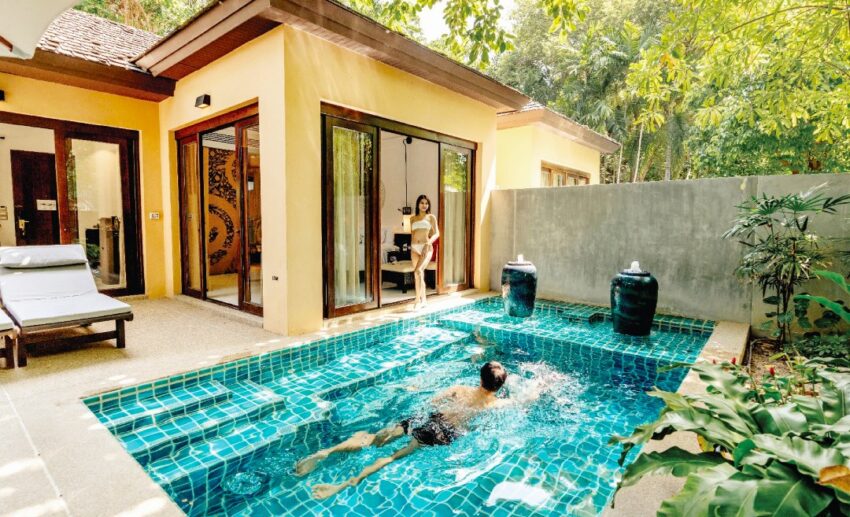
Getting there: AirAsia flies to Bangkok’s Don Mueang Airport, and from here, land travel to Hua Hin can be arranged. The railway from Bangkok southward through Hua Hin is being progressively double-tracked and upgraded, and in the not-too-distant future, improved rail connections will be available. The current rail services are slow and not convenient for most visitors.
Where to stay: Mövenpick Asara Resort & Spa Hua Hin or Let’s Sea Resort.
When to visit: Thais visit year-round, but take note that the low season, in the middle of the year, coincides with the monsoon season.
